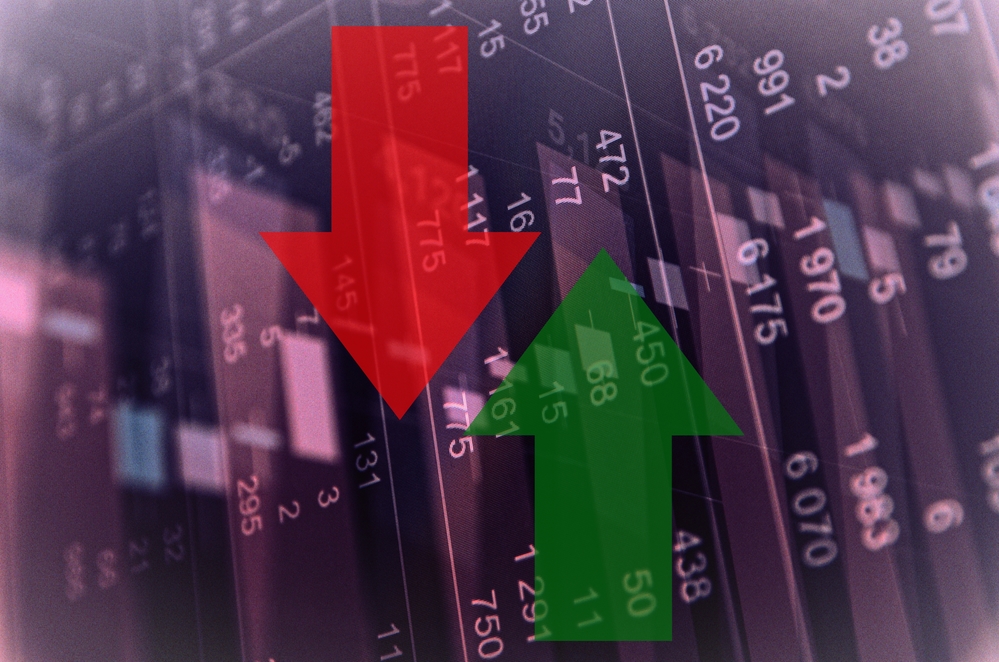 If you are looking to invest in commodities, it would be a wise idea to consider an ETF that gives you exposure to a large number of them.
If you are looking to invest in commodities, it would be a wise idea to consider an ETF that gives you exposure to a large number of them.
Investing in commodities is a tactic used by many investors to help hedge against inflation. Commodities tend to be rather volatile investment, however in times of market uncertainty many people flock to commodity investments as they are often viewed as safer investments.
Another reason investors love commodity ETFs is that they add another great opportunity to diversify the portfolio, without taking on the risk of investing in individual commodities. Investing in commodity ETFs provides lower risk due to the diversification of numerous commodities within the fund.
Top 5 Commodity ETFs
The 5 funds showcased below have performed very well so far in the first half of 2019 while also seeing a steady amount of volume. The funds were selected based on their YTD return and volume, please be advised that other factors like fees were not factored into this article.
If you are looking for a great way to invest in commodity ETFs, you should consider taking a look at these 5 funds mentioned above. Below is a snapshot of current performance for the 5 commodity ETFs mentioned above.

Final Thoughts
I like to keep a fair mix of commodities within my portfolio. This is both for diversification purposes and as a hedge against inflation. Commodity ETFs are my favorite way to invest in commodities due to the simplicity, diversification and low costs. I’m a fan of the 5 funds mentioned in this post, but beware that this is based specifically upon the performance of these funds between January and June of 2019. As always, invest at your own risk.

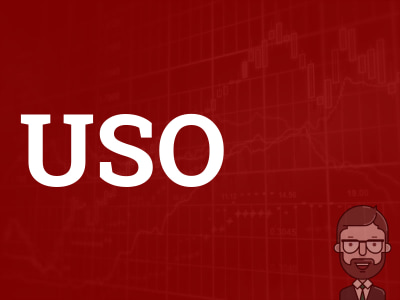
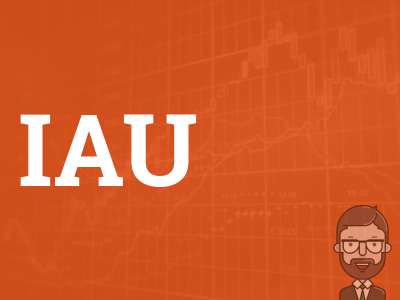
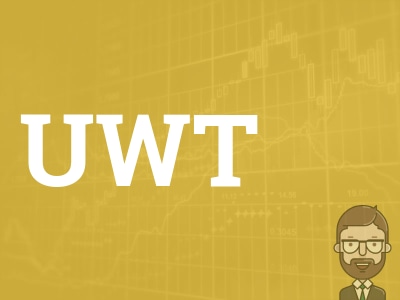
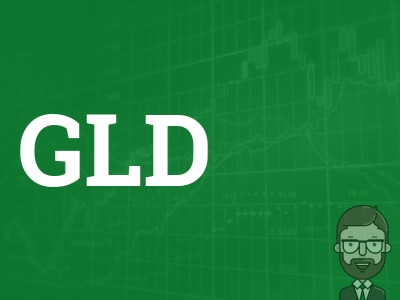
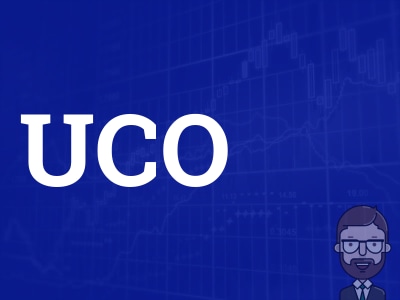
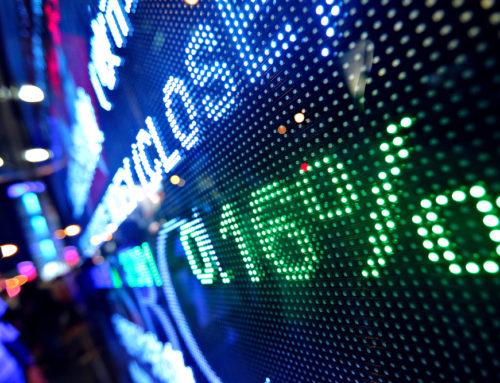

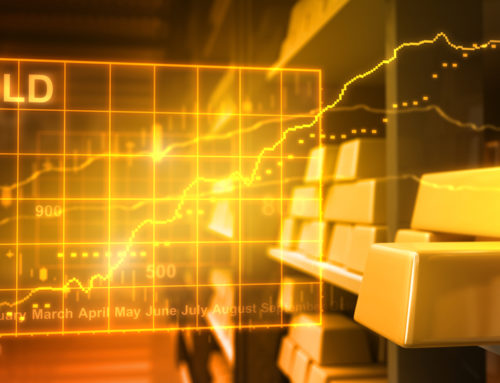
Leave A Comment